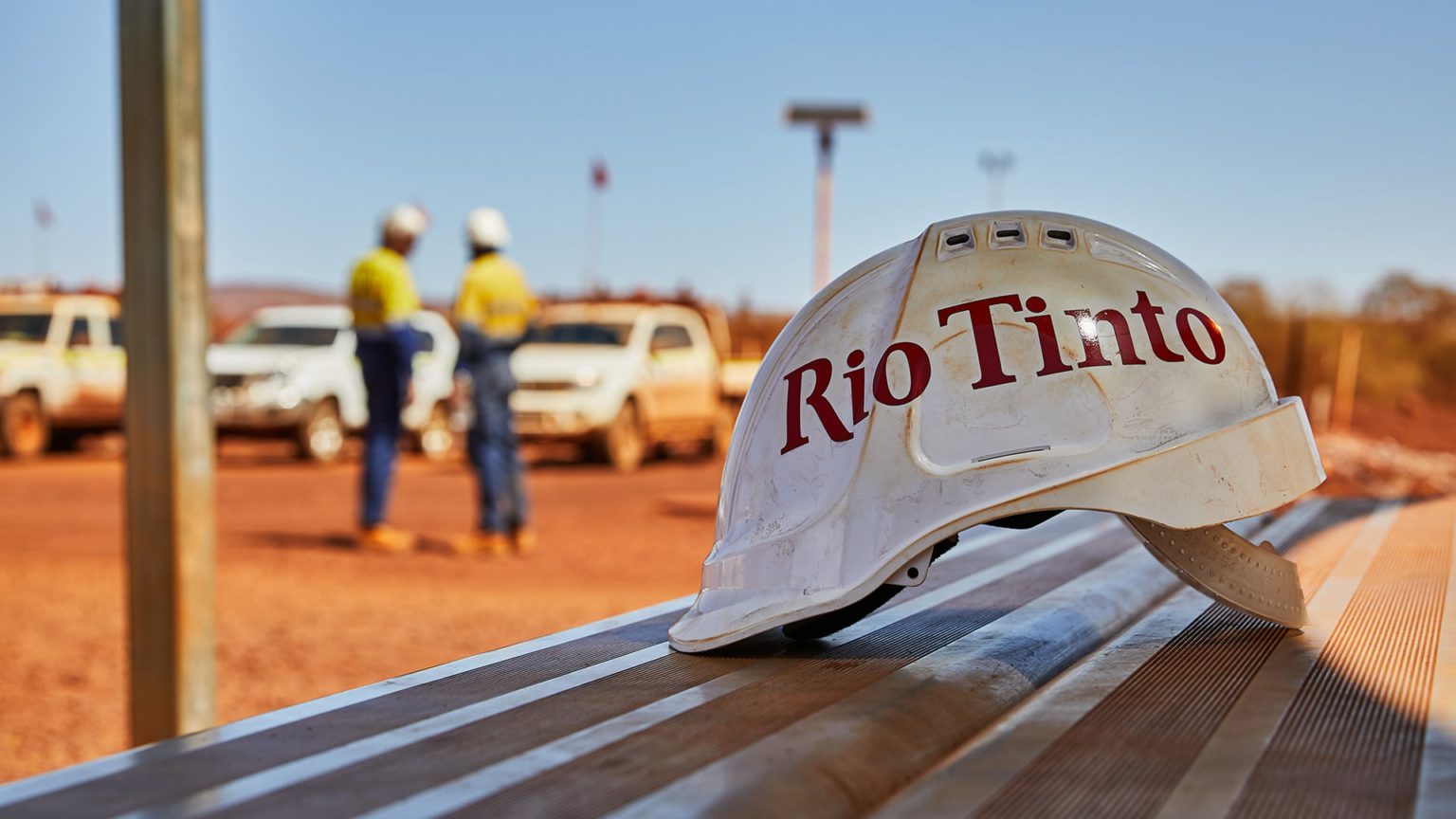- Write by:
-
Wednesday, February 21, 2024 - 01:50:28
-
99 Visit
-
Print

Rio Tinto reported a 12% fall in annual underlying earnings on Wednesday, in line with forecasts, but paid a better-than-expected final dividend as it said inflation pressures were starting to recede.
Rio said its underlying earnings came in at $11.8 billion for 2023, down from $13.4 billion a year earlier, mostly due to lower prices for aluminium and its minerals division. That was largely in line with the LSEG consensus estimate of $11.7 billion.
Rio declared a final dividend of 258.0 cents per share, up from 225.0 cents per share in 2022 and ahead of the LSEG estimate of 247.0 cents per share.
The world’s largest iron ore producer said it expects Pilbara production costs to rise in 2024 due to persistent labour and parts inflation in Western Australia.
However, the worst of the inflation pressure is likely in the past, chief financial officer Peter Cunningham told reporters.
“We are starting to see them (costs) moderate now as we go into 2024,” he said.
“The reality is we remain in a very strong financial position and can afford to undertake our growth agenda and continue to pay out at 60%.”
At Rio’s iron ore division, which accounted for around 80% of its profits, underlying earnings grew by 6%, outpacing a 2% increase in prices of iron ore.
However Rio warned that it sees unit production costs rising to between $21.75 and $23.50 per metric ton from $21.50 in 2023.
“While inflation has eased, we continued to see lag effects in its impact on our third party costs, such as contractor rates, consumables and some raw materials; we expect this to stabilize in 2024,” the company said in a statement.
Average prices Rio Tinto received for aluminum sold in 2023 slipped from Covid-era peaks, as supply chains normalized and demand from Western markets weakened. This offset a boost from production growth across major commodities including copper.
The miner booked net impairment charges of $0.7 billion, after tax, mainly related to its alumina refineries in Queensland, taken in the first half of 2023, as the assets faced challenging market conditions.
Inorganic growth
Rio’s net debt remained low at $4.2 billion, which has spurred expectations that it may look to grow via acquisition.
CEO Jakob Stausholm said last August that Rio Tinto was open to small, bolt-on acquisitions to shape its portfolio including in Canadium lithium but that valuations were too high.
He stuck to that view on Wednesday, even following a slide in lithium prices that has hit company valuations.
“I have seen that prices of lithium companies have come down but they still remain at the high end so it’s not something that I get super excited about at this point in time,” Stausholm told media on a call after the results were released.
For now, Rio Tinto is focusing on developing its Argentine Rincon lithium project and seeking government approval to develop its Jadar mine in Serbia, he said.
It was unlikely to move into other battery minerals such as nickel or cobalt given the rising market share of lithium iron phosphate batteries (LFP) which don’t use them, he added.
Its biggest growth project for now is the massive Simandou iron ore mine in Guinea, on which it expects to spend another $5.7 billion over the next three years.
Short Link:
https://www.miningnews.ir/En/News/628034
No comments have been posted yet ...